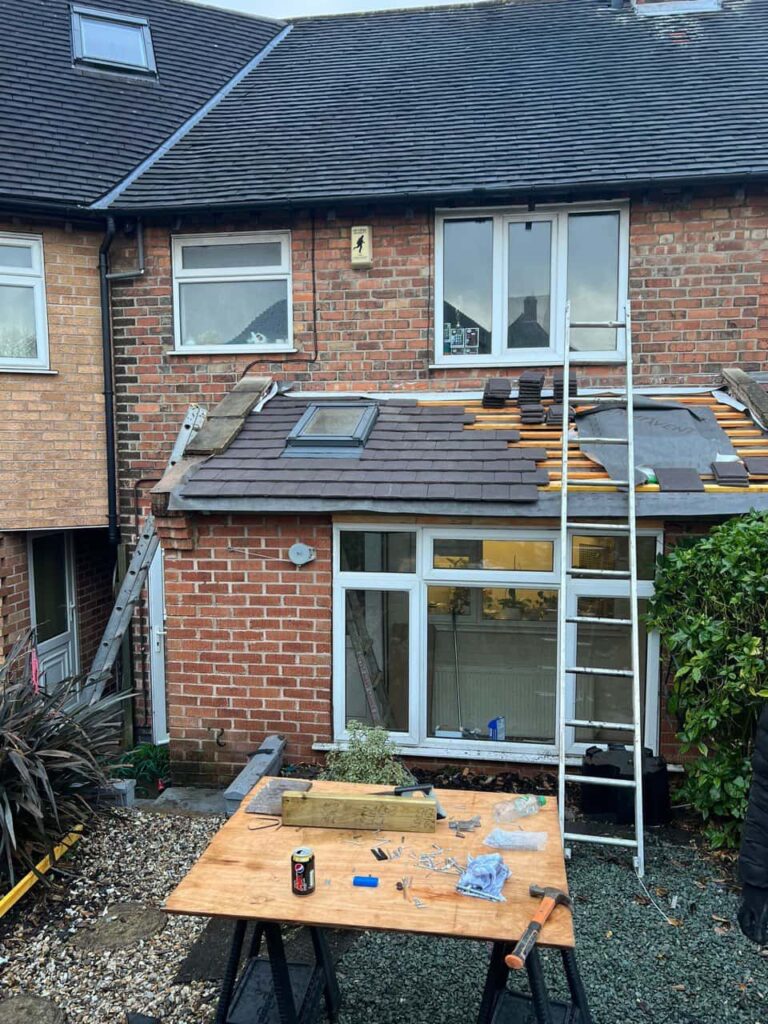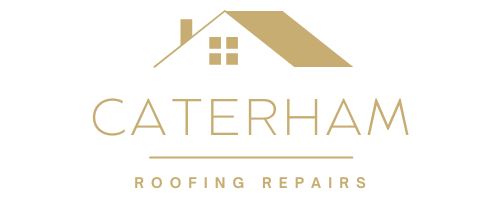Introduction: Regarding roofing solutions for residential and commercial buildings, felt roofing has remained a popular choice for its affordability, durability, and ease of installation. However, as property owners and managers weigh their options for roof repairs or replacements, understanding the economics of felt roofing becomes crucial. In this blog post, we’ll conduct a cost-benefit analysis of felt roofing to help you make informed decisions about your roofing investments.
Initial Cost:
- One of the primary advantages of felt roofing is its relatively low initial cost compared to other roofing materials such as metal or tile. Felt roofing materials and installation costs are generally more budget-friendly, making them an attractive option for property owners with limited budgets or those looking for cost-effective roofing solutions.
Longevity and Durability:
- While felt roofing may have a lower upfront cost, it’s essential to consider its longevity and durability over time. Quality felt roofing systems, installed by reputable roofing contractors, can last 10 to 25 years or more with proper maintenance. This long lifespan reduces long-term costs associated with frequent repairs or premature replacements, making felt roofing a financially prudent investment in the long run.
Maintenance and Repairs:
- Regular maintenance is key to maximising the lifespan of any roofing system, including felt roofing. While felt roofs are relatively low-maintenance compared to other materials, they may still require occasional repairs due to wear and tear, weather damage, or ageing. Fortunately, minor repairs such as patching leaks or replacing damaged sections are typically more affordable and straightforward with felt roofing than complex roofing systems.
Energy Efficiency:
- Energy efficiency is another factor to consider when evaluating the economics of felt roofing. While felt roofing itself may not offer significant energy-saving benefits compared to reflective or insulating roofing materials, it can be a suitable substrate for additional energy-efficient upgrades such as cool roof coatings or thermal insulation layers. These enhancements can help reduce heating and cooling costs over time, offsetting the initial investment in felt roofing.
Return on Investment (ROI):
- Ultimately, the economics of felt roofing boil down to the return on investment (ROI) it delivers over its lifespan. Property owners can assess the overall value proposition of felt roofing and determine whether it aligns with their budgetary constraints and long-term financial goals by considering factors such as initial cost, longevity, maintenance expenses, energy efficiency, and potential savings on repairs or replacements.
Conclusion: Felt roofing remains a cost-effective and practical choice for residential and commercial properties seeking reliable and durable roofing solutions. Property owners can make informed decisions about investing in felt roofing repairs or replacements by conducting a thorough cost-benefit analysis and weighing factors such as initial cost, longevity, maintenance requirements, energy efficiency, and ROI.
Call us on: 01883 770 797
Click here to find out more about Caterham Roofing Repairs
Click here to complete our contact form and see how we can help with your roofing needs.

